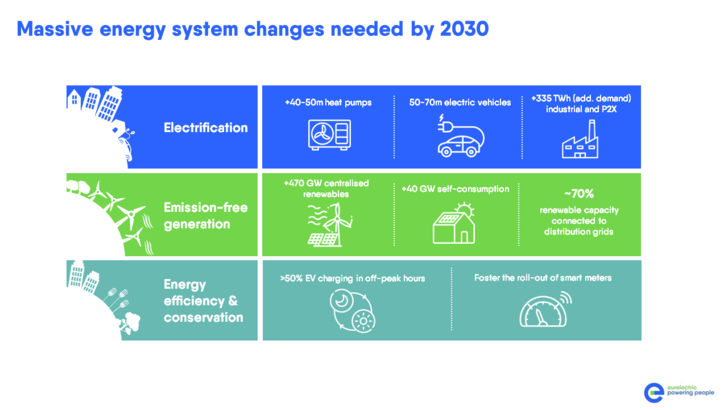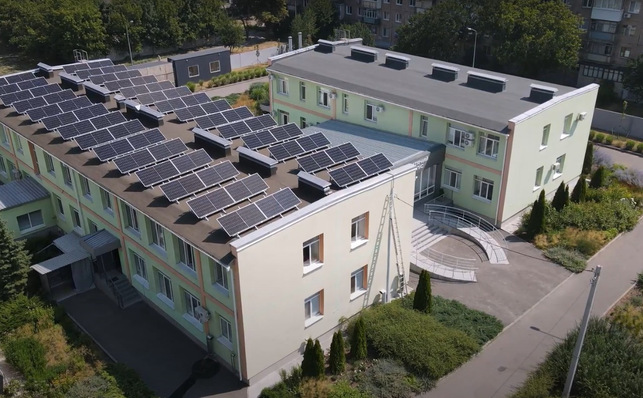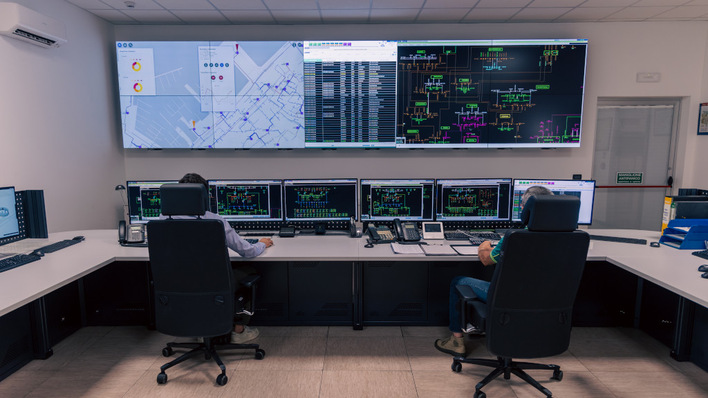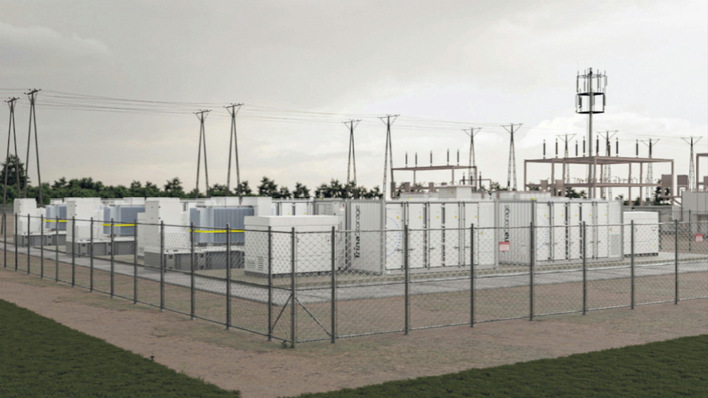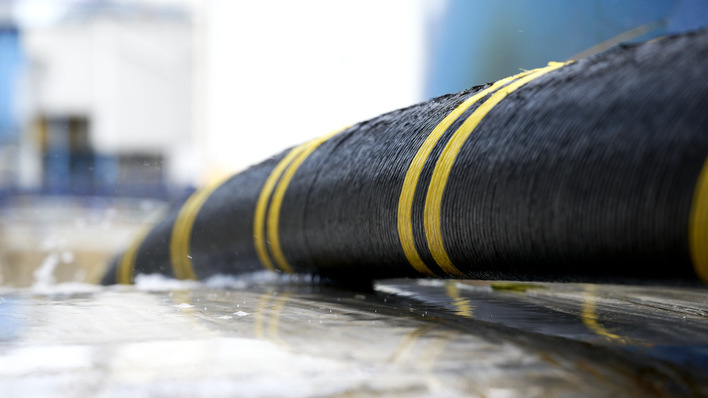European distribution grids will need investments of €375-425 billion until 2030. That is the main conclusion of a landmark study conducted by the industry bodies Eurelectric and E.DSO. A first of its kind, the study which was carried out by Monitor Deloitte on the basis of detailed empirical data from 10 European countries, reveals a need to ramp up grid investments by 50-70% in the 2020s compared to the previous decade. At the same time, it highlights a range of remarkable societal benefits that come with timely modernisation of the continent’s electric infrastructure.
Investment drivers for distribution grids: Renewables, electrification and old age
A significant part of the investment needs is driven by the ongoing energy transition: expansions and replacements related to integration of variable renewables such as solar and wind, 70% of which will be connected at distribution level, as well as to the progressive electrification of industry, transport and buildings.
The single biggest investment driver, however, is modernisation of the infrastructure due to ageing. The study finds that approximately one third of EU’s grids is already over 40 years old. This share is likely to surpass 50% by 2030.
Limited price impact and societal benefits
Despite average annual investment needs of €34-39 billion, representing a 50-70% increase of the amount spent in 2019, the impact on electricity prices and grid tariffs is likely to be moderate if policy makers and regulators provide the right framework conditions and a smart tariff design.
Did you miss that? Improve PV grid integration
Moreover, the societal benefits in relation to sustainability, economy and competitiveness, brought about by this transformation will outweigh the economic impacts: The EU could save over €175 billion in fossil fuel imports annually, and ultimately reduce the average electricity costs by €28-37 billion in the long term.
Additionally, the study shows some 90% of investments, or €30-35 billion of annual revenue, could be captured by EU manufacturers and service providers, contributing to the post-pandemic economic recovery. Overall, investments in distribution grids will sustain 440-620 thousand quality and local jobs per year in the EU27 and UK.
Also huge potential for job creation
Upon the release of the study, Kristian Ruby, Secretary General of Eurelectric, said: “Grid investments are urgently needed for the energy transition and they hold a huge potential for job creation. With the right framework conditions we can make the 2020s the decade of distribution grids. We call on policymakers to improve investment frameworks and tariff design, facilitate access to EU funds and accelerate authorisation and permit granting processes.”
Read more: Huge potential for sector coupling
Christian Buchel, Chairman of E.DSO, and Director for Territories, Customers and Europe at Enedis, concluded: “We own know-how and the technologies, IT and AI, to enhance the transition of the energy system. Nevertheless, we need decision makers, political bodies, citizens, regulators, financial institutions and NGOs to understand how essential it is to reach the requested high level of quality investments that we can assure”. (hcn)


